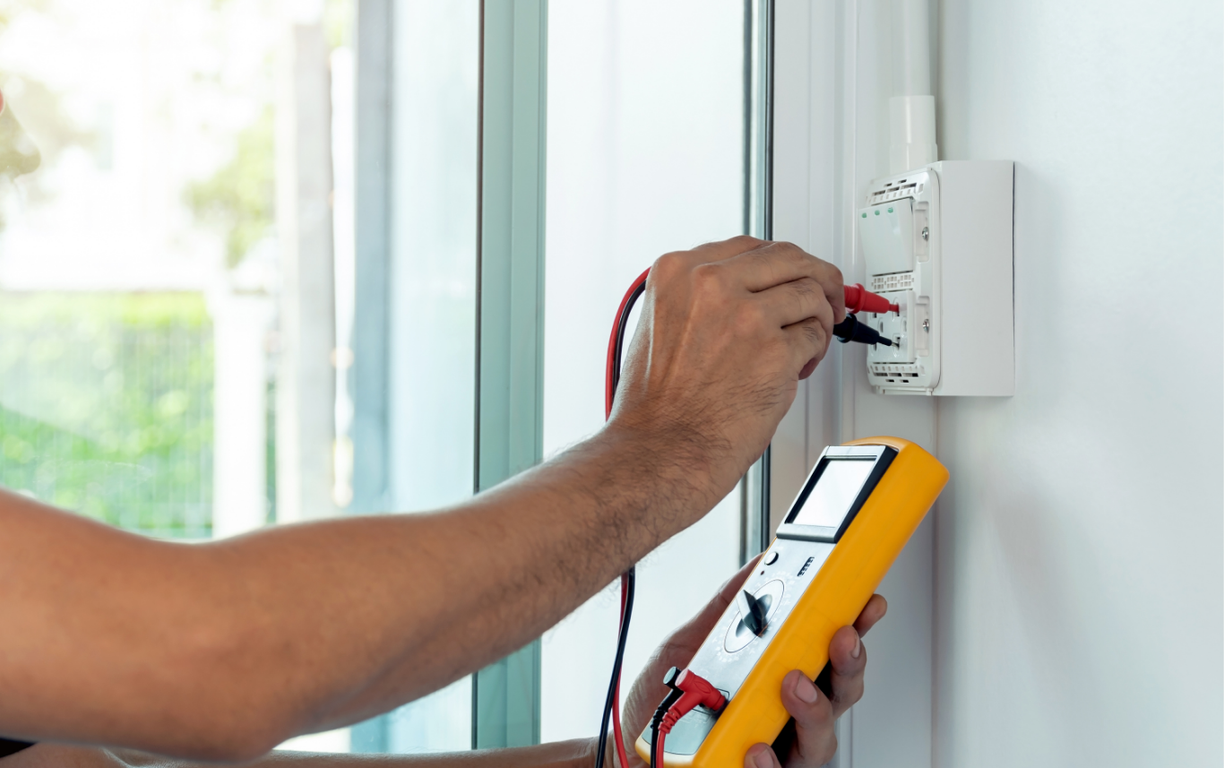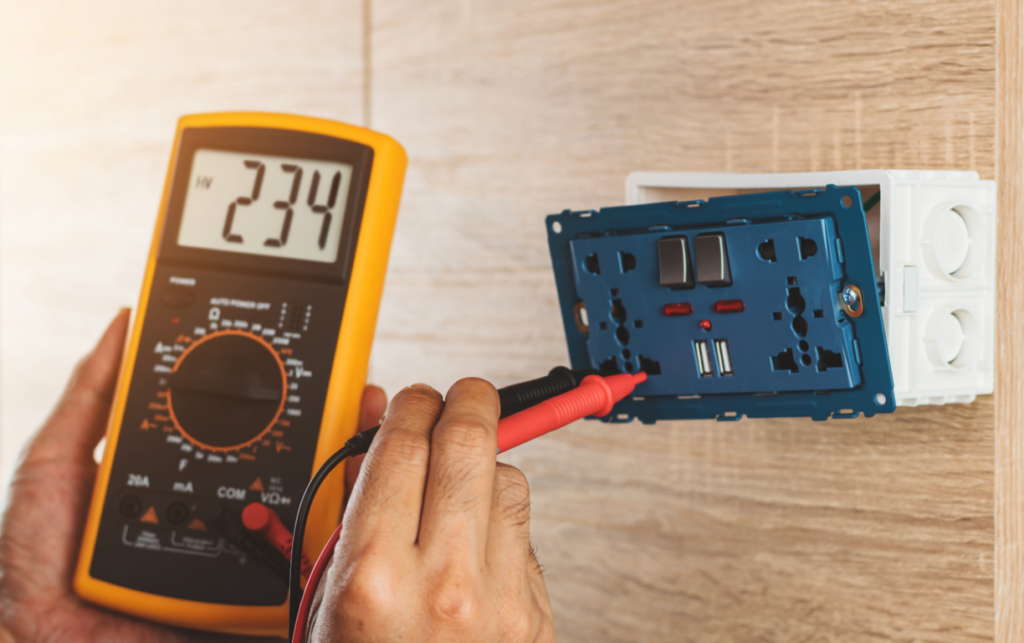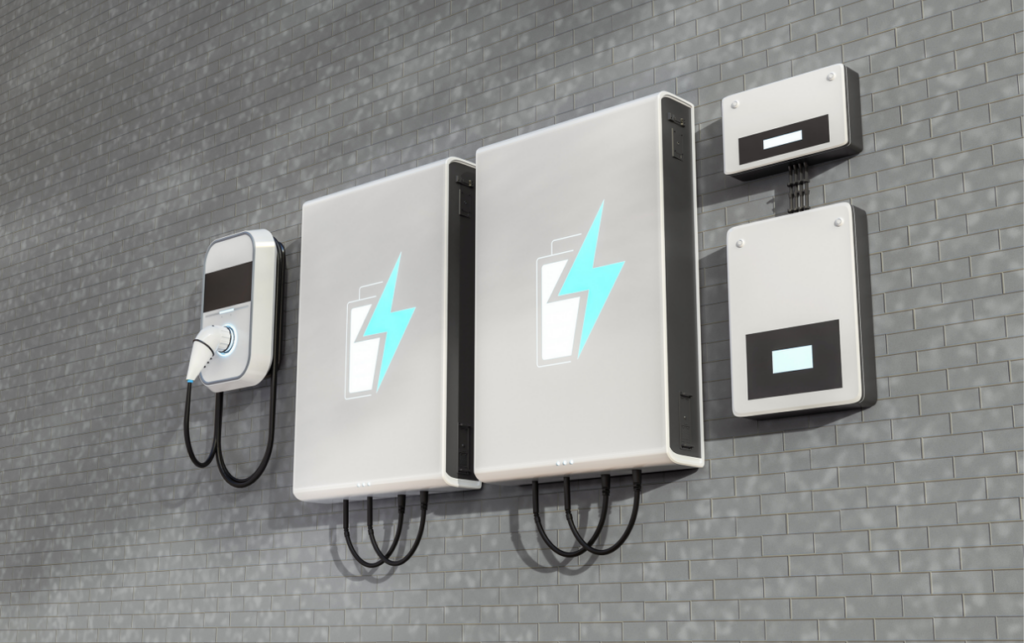Physical Address
304 North Cardinal St.
Dorchester Center, MA 02124
Physical Address
304 North Cardinal St.
Dorchester Center, MA 02124

If you're considering adding a walking pad to your home gym setup, you might be wondering about its electrical requirements. Walking pads are fantastic for staying active indoors, but understanding their power needs is crucial for safe and efficient use. One common question that arises is whether a walking pad needs a dedicated circuit.
Using a walking pad can enhance your fitness routine, but con
If you’re considering adding a walking pad to your home gym setup, you might be wondering about its electrical requirements. Walking pads are fantastic for staying active indoors, but understanding their power needs is crucial for safe and efficient use. One common question that arises is whether a walking pad needs a dedicated circuit.
Using a walking pad can enhance your fitness routine, but connecting it to the right power source ensures longevity and performance. A dedicated circuit can help prevent overloading your home’s electrical system and reduce the risk of tripped breakers. Let’s explore the specifics of whether you should invest in a dedicated circuit for your walking pad and what that means for your workout space.

When you consider adding a walking pad to your home gym setup the question of electrical requirements surfaces. A walking pad typically uses a significant amount of power during operation. Here are the key points to consider regarding whether a dedicated circuit is necessary.
Most walking pads require a standard outlet ranging from 120 to 240 volts depending on the model. You should check the manufacturer’s specifications to determine the exact power requirements. A standard circuit may support multiple devices but could become overloaded if the cumulative power demand exceeds the circuit’s capacity.
You should consider a dedicated circuit if:
If you decide a dedicated circuit is necessary consult with a certified electrician. They can assess your current wiring and install a circuit that meets your walking pad’s needs. This ensures safety and compliance with local electrical codes.
In summary knowing whether a walking pad needs a dedicated circuit comes down to its power requirements and your specific home setup. Always prioritize safety and performance for an optimal workout experience.
Walking pads are compact exercise machines designed to allow you to walk or jog indoors while conserving space in your home. They are ideal for maintaining an active lifestyle, especially when outdoor conditions are unfavorable.
A walking pad is a specialized treadmill that typically features a flat surface and a simple design. It allows you to walk at your own pace without the bulkiness of traditional treadmills. Most walking pads come equipped with features such as adjustable speed settings control panels and built-in safety mechanisms. They are lightweight and often foldable making storage convenient when not in use.
Using a walking pad provides numerous advantages for your fitness routine. Here are some key benefits:
| Benefit | Description |
|---|---|
| Space-Saving Design | Walking pads have a compact and minimalist design allowing you to fit one in small areas without compromising floor space. |
| Convenience of Indoor Exercise | They provide a practical solution for exercising regardless of weather conditions ensuring you can stick to your fitness goals year-round. |
| Adjustable Speed | Most models allow you to tailor the intensity of your workout by adjusting the speed making it suitable for various fitness levels and preferences. |
| Noise Reduction | Walking pads are generally quieter than traditional treadmills enabling you to exercise without disturbing others in your home. |
| Enhanced Safety | Built-in safety features such as auto-stop functions help prevent accidents and injuries during your workout. |
Incorporating a walking pad into your fitness regimen can lead to improved cardiovascular health increased energy levels and greater overall well-being.

Understanding the power requirements for walking pads is crucial for safe and effective operation. Knowing the wattage and circuit ratings will ensure your walking pad functions optimally without overloading your electrical system.
Most walking pads typically consume between 100 to 300 watts when in use. Here is a breakdown of wattage usage based on different walking pad types:
| Walking Pad Type | Typical Wattage Usage |
|---|---|
| Basic Models | 100 – 150 watts |
| Mid-Range Models | 150 – 250 watts |
| High-End Models | 250 – 300 watts |
Make sure to check the manufacturer’s specifications for your specific model to determine the exact wattage usage. This information is essential for ensuring you have the appropriate power source.
Circuit ratings are vital for the safe operation of your walking pad. A circuit’s amperage rating indicates how much current it can safely handle. Here’s what you should know:
A dedicated circuit is an electrical line that supports only one specific appliance or device. This setup ensures that your walking pad receives the power it needs without interruptions or overloading issues.
A dedicated circuit is an electrical circuit installed to serve a particular piece of equipment exclusively. Unlike general circuits that power multiple devices, a dedicated circuit is designed to handle the electrical load of a single device. In the case of walking pads, a dedicated circuit provides a direct connection to its power supply, minimizing risks associated with electrical surges and fluctuations. Typically a dedicated circuit is rated between 15 to 20 amps and has its breaker in the electrical panel, which helps prevent overloads that can cause tripped breakers or electrical fires.
Using a dedicated circuit for your walking pad offers several advantages:
| Benefit | Description |
|---|---|
| Enhanced Safety | Reduces the risk of electrical overloads that can cause fires or damage. |
| Improved Performance | Ensures a steady power supply that enhances your walking pad’s efficiency. |
| Peace of Mind | Eliminates worries about circuit capacity when using the walking pad. |
| Simplicity | Streamlines the installation process by minimizing wiring complexities. |
| Optimal Functionality | Allows your walking pad to operate at its designed capacity without interruptions. |
In scenarios where multiple high-power devices are in use, a dedicated circuit becomes essential for maintaining consistent performance and safety.

Understanding your home’s electrical system is crucial for safely incorporating a walking pad into your workout routine. You need to check various aspects of your system to ensure adequate power supply and prevent any electrical issues.
Start by locating your circuit breaker panel. It usually has a label that indicates the rating of each circuit. Most standard circuits are rated at 15 amps or 20 amps. If your walking pad requires a significant amount of power, check if you have one or more 20-amp circuits available. A dedicated circuit for your walking pad enhances safety by minimizing the risk of tripped breakers and electrical overloads.
| Circuit Rating | Common Use |
|---|---|
| 15 amps | Standard appliances and lights |
| 20 amps | High-demand appliances |
Next, identify which circuits in your panel are available for use. You may need to switch off some devices temporarily to determine which circuits are currently in use. Ensure that the circuit serving your walking pad is not already overloaded with other high-powered devices. If you find that multiple devices share a circuit, consider rerouting one of them or installing a dedicated circuit for your walking pad to ensure optimal performance without compromising safety.
When planning to install your walking pad, it’s essential to consider placement and electrical safety. These factors will ensure efficient operation and prevent any potential hazards during use.
Choose a flat and stable surface for your walking pad to prevent wobbling and potential accidents. Ensure that the area is clear of obstacles such as furniture or cords to minimize trip hazards. Ideal locations include a dedicated workout space or a section of a room with enough room for you to walk comfortably. Additionally, consider proximity to an electrical outlet to avoid using extension cords. Maintaining good ventilation and lighting in your workout area will further enhance your walking experience.
Before installation, check the circuit breaker ratings in your home. Familiarize yourself with whether the available circuits are rated for 15 or 20 amps, as this will impact the safe operation of your walking pad. Ensure the circuit that will serve the walking pad is not overloaded. Avoid running multiple high-power devices on the same circuit to prevent tripped breakers and potential electrical hazards. Use heavy-duty extension cords sparingly, as they can pose a fire risk. Always double-check the manufacturer’s specifications for your walking pad’s power requirements, and consult a certified electrician for advice on dedicated circuits if you’re uncertain about your electrical system’s capacity.
Investing in a walking pad can enhance your fitness routine but understanding its electrical needs is crucial. A dedicated circuit can significantly improve safety and performance by preventing overloads and ensuring uninterrupted power. If you frequently use your walking pad or have older wiring in your home, considering a dedicated circuit is wise.
Always check the manufacturer’s specifications for power requirements and consult a certified electrician to evaluate your electrical system. This proactive approach not only protects your equipment but also gives you peace of mind as you focus on your workouts. By prioritizing electrical safety, you’re setting the stage for a more effective and enjoyable fitness experience.